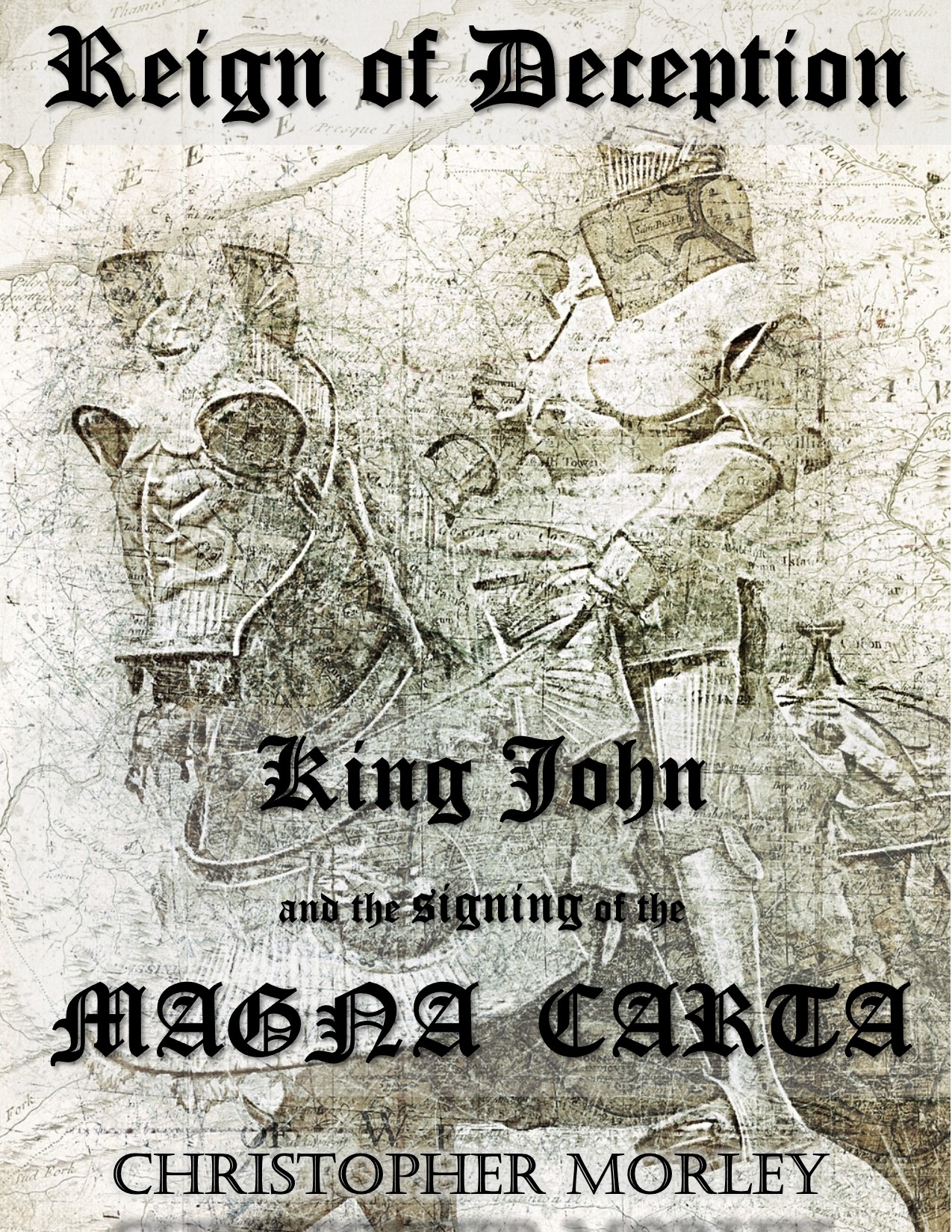
How I Partnered with the Producers of The King's Speech & What I Learned Along The Way - Part 3

Return to Blog page and main site – click here.
Did you ever get the “feeling” about something; a nudge, a hunch, an intuition about what to do or what to avoid?
Have you ever wondered if it’s better to accept and follow these impulses, or dismiss them? Do you think the people who dismiss these feelings and intuitions are the clever ones or are they missing out?
I picked up a book at the local library about King John. It got me interested in finding out what actually happened, what he actually did – the evil King John. So I started reading historical accounts to discover if there was anything the writer had missed about John’s story.
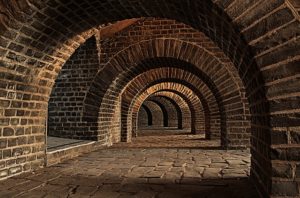
(pixabay.com)
Through the labyrinth of time, history revealed an amazing drama full of love, desire, war, betrayal and psychological intrigues with twists I could never imagine. It was an amazing story but unfortunately I was missing one essential ingredient I absolutely needed to succeed – myself.
I started working on a play called…
The King’s Disposition
I decided to bring a level of authenticity to the work, that I would fly to England and visit the actual places where King John fought and died. Most people think the signing of the Magna Carta brought peace and order to England.
Nothing could be further from the truth. What actually happened was a brutal civil war.
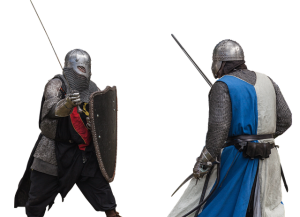
(pixabay.com)
Over a series of months John laid siege to castle after castle, defeating his adversaries and reclaiming his fortunes, both financial and political. He was poised to become the most powerful ruler in Europe until his mysterious and untimely end. What actually happened, is still a mystery…
John came from a very broken home. According to some historians his mother Eleanor of Aquitaine actually went to war with John’s father Henry II. Eleanor tried to get her sons (John being the youngest) to take her side in the conflict. That’s how young John grew up.
Here is a picture of Eleanor and Henry II’s tombs at Fautevrault Abbey in the Loire Valley in France. The discord between them appears to be over. Finally, some time for reading…
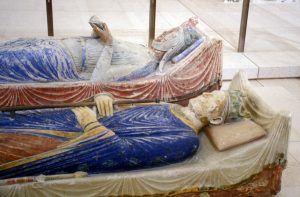
(www.medart.pitt.edu/image/France/fontevrault-new/fontvrlt-tombs.html)
Henry II was kind to John but there was very little inheritance left for his youngest son. John and his brother Richard the Lionheart ultimately betrayed their father and turned against him. However John named his first born son after his father so perhaps there was some remorse.
In England I retraced the last days of John’s life, believing that if I took his path, went to the places where he fought, died, and is entombed. I thought I could somehow comprehend him.
I wanted to get under the skin of the man, and feel his struggle. But this wasn’t what I really needed to learn.
I visited…
Runnymede

(pixabay.com)
The open field by the Thames outside of London where the King and Barons and the clergy met to sign Magna Carta.
Rochester Castle
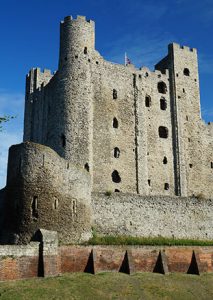
(Photograph courtesy of James Lancaster / CastlesFortsBattles.co.uk. Copyright Reserved)
Rochester Castle is where John laid siege to rebel barons in the civil war which followed the signing at Runnymede. After laying siege to the castle for months the King cut off the hands and feet of his enemies once he finally gained entry. Brutal retribution.
Colchester Castle
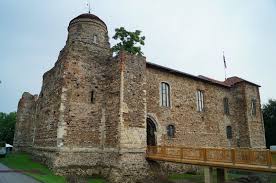
(Photograph courtesy of James Lancaster / CastlesFortsBattles.co.uk. Copyright Reserved)
Colchester, is where John negotiated surrender with the rebels saving everyone a lot of pain and suffering I imagine.
Hedingham
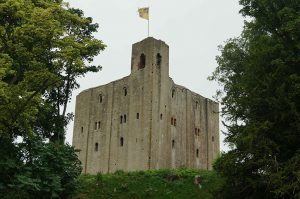
(Photograph courtesy of James Lancaster / CastlesFortsBattles.co.uk. Copyright Reserved)
Then Hedingham Castle where he mined and ultimately starved out his enemies. All this with his young son Henry III by his side.
King’s Lynn
The town where John made the fateful decision to send what today would be millions, perhaps billions of dollars’ worth of treasure via a short-cut across the Wash, which was an inland stretch of sand exposed while the tide is out but overtaken by the sea when the tide returns. Within 24 hours his treasure and his life were both gone. More than coincidence?
Newark
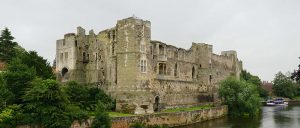
(Photograph courtesy of James Lancaster / CastlesFortsBattles.co.uk. Copyright Reserved)
John died of mysterious causes at Newark and asked his friend and mentor William Marshal (the greatest Knight in British history and winner of 500 jousts) to become Regent and raise his young son Henry III as King. Marshal’s loyalty to John’s family spanned three generations, yet Marshal’s son was one of the rebels. Incredible but true.
The castles are all still standing in large part and steeped in the air of adventure and conflict that filled them so many years ago. After visiting Newark I traveled to Worcester Cathedral to pay my respects to King John where he requested to be buried and has rested for the last 800 years.
Worcester Cathedral
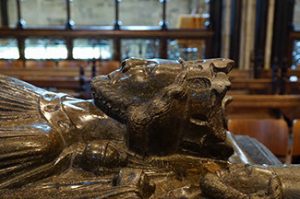
(Photograph courtesy of James Lancaster / CastlesFortsBattles.co.uk. Copyright Reserved)
The trip to England was a revelation – the places, the events, the stories. It inspired my imagination and when I got home I completed more drafts of The King’s Disposition. The results were an improvement but still there was something missing.
I still hadn’t figured out my problem. I wasn’t even trying to figure it out. I just wanted to avoid the whole conversation. That wasn’t going to happen, not with Magna Carta.
Read on- Part 4: It Wasn’t Kidding – click here.
Wonder what a Playvel is? – click here.
MAGNA CARTA with complete reviews– click here.
Sign up to learn about new products, special offers and the latest blogs – click here.
Return to Blog page and main site – click here.
Playvel – “Your Imagination is Our Screening Room!”